It’s been three years since we last had a look at Flash cartridges available for the good old Genesis/Mega Drive. Back then, two accessories had stood out in particular. The Mega Cart’s usability as a flash cart was more or less a side effect, as it is mainly the best utility device for homebrew on the Mega CD, especially since it also serves as an adapter to run imported CD games. The MD-pro Flash cart, distributed by Hong Kong-based electronics company Tototek, is just that: a flash cart, available in two sizes (32Mbit and 64Mbit). While it had nothing to do with Sega’s CD add-on, it had other advantages over the Mega Cart: you could copy ROMs to it, including Game Genie codes (if you needed to cheat) or even preset the region coding, so you could flash NTSC-region games to the cart and still play them on a PAL Mega Drive. Both Mega Cart and MD-Pro support games that used battery saves (which could be carried over to the PC), and are able to handle 32X games (though in general only the 64Mit-version of the MD-pro was big enough to actually handle the sizes of these games).
While both accessories still serve their purpose well, there are a few downsides to them. The Mega Cart could only hold 24 Megs, which was not big enough for the largest of Genesis games (or most 32X titles for that matter). Even the MD-Pro’s size only permitted a rather limited number of ROMs or homebrew titles at the same time. For most western users, the biggest downside to both carts however was the matter of transferring the data. In order to flash the cartridges you needed an cart adapter that had to be connected to the parallel (LPT) port of a PC, a device most modern computers aren’t equipped with any more, since it’s a rather slow way of data transference. Not only that, the adapter was also very picky about the protocol used: It only worked on certain versions of the EPP specification. I personally tested my MD-Pro Flash cart on five different computers, cycling through all LPT settings possible, and only managed to get it working with one. The Mega Cart could also flash data to the cartridge via CD-Rom, but that doesn’t help gamers without the CD add-on or a CDX.
Now, over the years, other cartridges have appeared to address these shortcomings. Recently, I got my hands on a flash cart that first arrived on the scene in February 2010, which used a very curious approach in storing and flashing data: the Everdrive.
The Cart Itself
Entirely bypassing the discussion of which port should be used to connect the cartridge to a PC, the Everdrive utilizes SD cards instead. The curiously shaped circuit board holds a SD card reader that is able to handle storage media up to 2GB. The cart is not only able to read 32X and Genesis games (including the 40MBit Super Street Fighter II), but it also runs most Master System games as well! For those, the circuit board sports a button that serves as an in-game pause button (since the Master System had the pause button on the console, not on the controller).
The Everdrive can be bought either directly on the website of developer Krikzz (current cost $65) or via resellers (at around $75). With this price tag, the Everdrive comes in slightly cheaper than Tototeks MD-Pro (where the 64MBit version costs $80). The cart is available as only a circuit board, so you’ll have to provide the casing yourself. Due to its curious shape you’ll have to make some modifications, since you’ll need both a small slot to put in the SD card and a hole to access the pause button for Master System games. For that matter, regularly-shaped Genesis game cases serve this purpose best. The larger EA or Accolade cases make it hard to properly access the SD card slot or pause button. Making these modifications isn’t too much of a problem. Open up the cartridge (using a game bit or, in case of Majesco carts, star bits), remove the original circuit board, and then cut a space into the front half of the casing at the appropriate places. As I am not very concerned about optical aesthetics and am a fan of “quick and dirty” solutions (and also currently have only limited access to more appropriate tools). I simply used a hot pocket knife to roughly cut the necessary openings. It served its purpose. The cart I got was of the revision 2.0 variety, which came as a blue circuit board. In the meantime, revision 2.1 is already available, being equipped with updated firmware and sporting green color. Imprinted on the board are the directions each side has to face (front/back), so there is little margin for error.
Click for larger images!
When using an SD card, be sure to have it formatted in FAT-16, since this is the format the flash cart uses. If for some reason you format it on your PC, but the Flash Cart still is unable to read any files copied onto it, do not worry; you can format your SD card with the Flash Cart on the Genesis. After that, it is sure to work.
Flashing Games
The cartridge itself holds 8MB of Flash; the first 4MB contain the operating system, which comes up once you start it in your console. The second 4MB is the space holding the software you flash onto. Flashing the cart itself works directly via the Genesis. Once you boot up the console, a menu appears from which you can directly access all functions necessary. Via the “select game” menu you access the SD cart. From there, select the ROM file you wish to run on the flash cart. Other than the Tototek flash cartridges, which could hold several games at the same time, the Everdrive has only one game at a time and has to be re-flashed if you want to select another. Still, the SD cards can hold way more titles at a time than could be saved on one of the Tototek carts (2GB as opposed to a maximum of 8MB). Erasing a game and flashing a new one only takes about roughly forty seconds for a 32MBit game, much faster than any other Genesis flash cart out there accomplishes. With the newest revision of the Flash Cart OS you can also enable region bypass during the process, which prolongs the procedure by a few seconds. Region Bypass doesn’t work on all games, though (for example, later Capcom titles).
Apparently the Everdrive doesn’t work when connected to an Action Replay 2 and trying to use the region override (setting the cartridge type). The AR2 menu starts up normally, but after choosing a location (US, JAP or EUR) and then selecting the “return to game” setting, all you get is a black screen. So you either need a Mega Key or a region free console, or you need to remove the region lockout from a ROM by hand. However, this is only troublesome for a small handful of games that possesses both regional lockout and wasn’t available in your particular region.
Constant Improvements
The Everdrive is constantly being revised and improved. Early versions of the OS couldn’t handle 32X games, had no region bypass support and didn’t work on most Genesis clones. Also, if you copied more than 250 files on your SD card, you had to split the files into several folders, otherwise the OS couldn’t display all the files properly. In the newest versions of the OS, these issues have been fixed (mostly). As a nice touch, the operating system can be easily updated by copying the newest version on the SD card and running the update module from the flash cart. Even better, in its newest revision the Everdrive now can also load up a CD bios, which enables playing imported Sega CD games on different regions. If you haven’t got revision 2.1, though, you’ll need the newest firmware for the cartridge. (Firmware updates are a tad more complicated, since you need a JTAG cable to connect the cart to a PC, and a suitable interpreter.
Click for larger images!
It’s nice to see this Flash Cart being constantly revised and updated. So, is there still room for improvement? Well, maybe a few minor things. The biggest downside would be that the cart lacks FM support, so it doesn’t run all Master System titles (which is unfortunate, since a couple of the finest Master System games utilized the FM chip). This would be a matter of a major hardware revision, though, and is not likely to happen in the near future. Another updates one might wish for would be an improved region bypass so you can use a MegaKey, Action Replay or another adapter of your choice, naturally, or hack the correct region of your console into the ROM itself before flashing it to the cart. Having all of that in one go would be a very practical solution. And speaking of Action Replay, some players would probably prefer the addition of an Action Replay or Game Genie-like feature and be able to use appropriate codes. Fans of the Mega Cart will probably also remark on the lack of additional backup ram for the CD add-on.
In Conclusion
Aside from lacking comparable region bypass ability and not sporting a Game Genie option, the Everdrive has a number of advantages over its Tototek and Mega Cart rivals. A more modern and faster way of storing data (via SD card instead of an adapter using the outdated parallel port on the PC), bigger storage ability (can read SD card up to 2GB in size; however, it’s unable to read from bigger ones) and a cheaper price tag. Support of bigger file sizes (since OS v3) and 32X support (since OS v4) have been added over time. Now, after several improvements (current hardware revision 2.1, current firmware v8, current OS version v9), there isn’t much to be missed.
The Everdrive is constantly evolving. Simple updates in usability (OS updates) are no problem and can be applied by anyone, but firmware updates need some additional hardware should definitely be handled by more advanced users. As it is now, this Flash Cart has an impressive range of abilities that come at a comparably low price. Anyone looking to try out some homebrew programs on original hardware should give this little sucker a try. In its newest revision, it might even surpass the Mega Cart as the ultimate Sega CD accessory (admittedly a controversial statement).

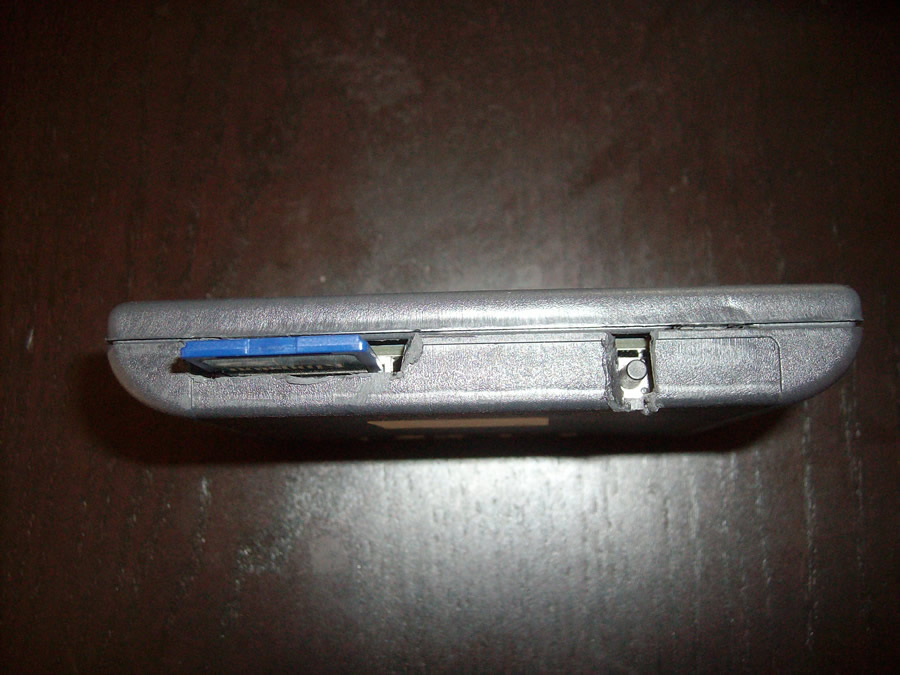
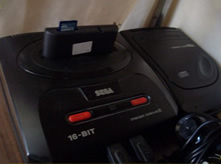
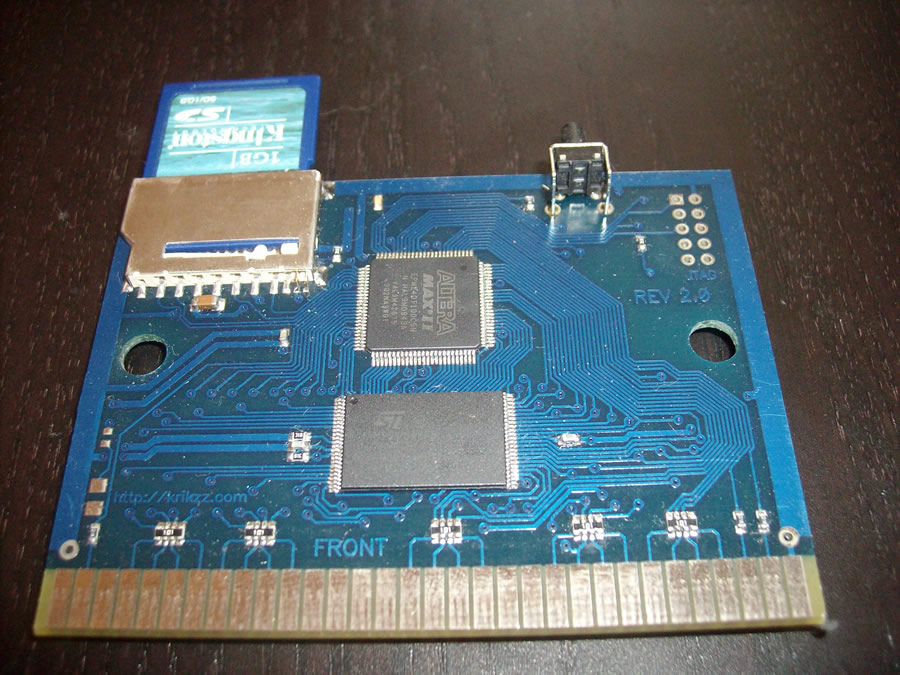
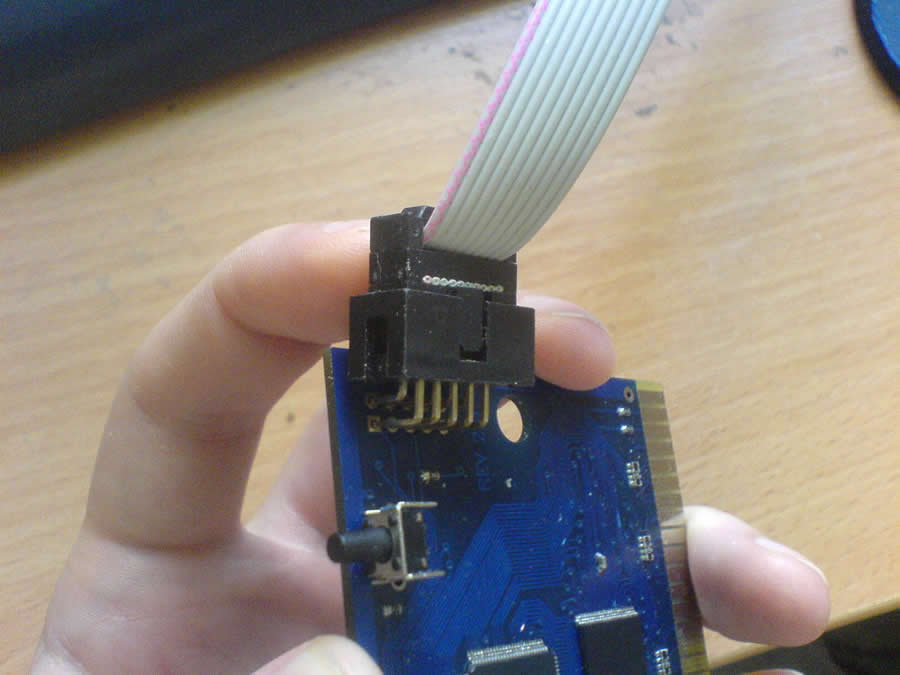
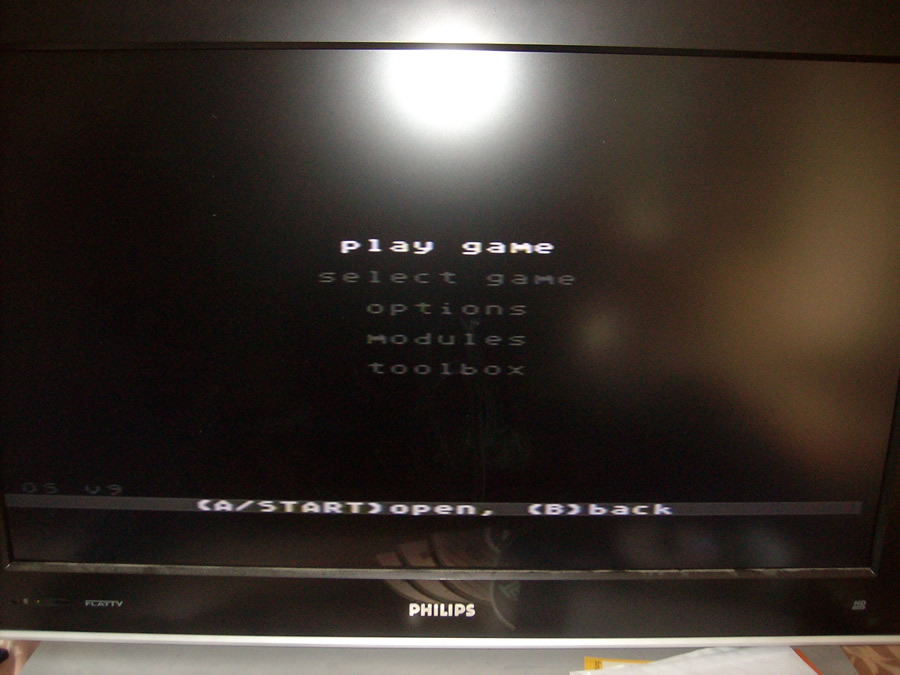
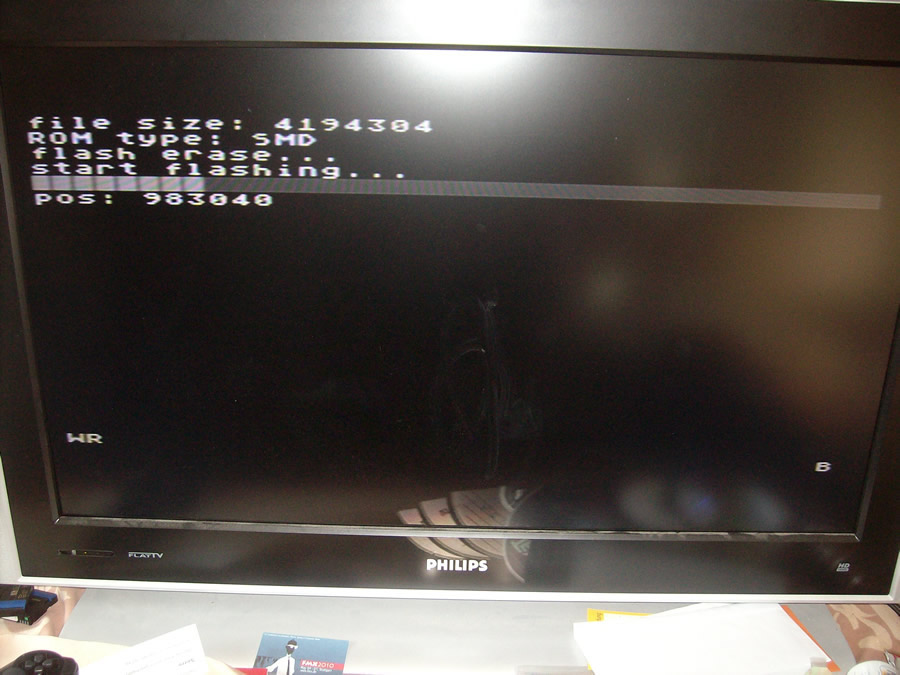

Recent Comments